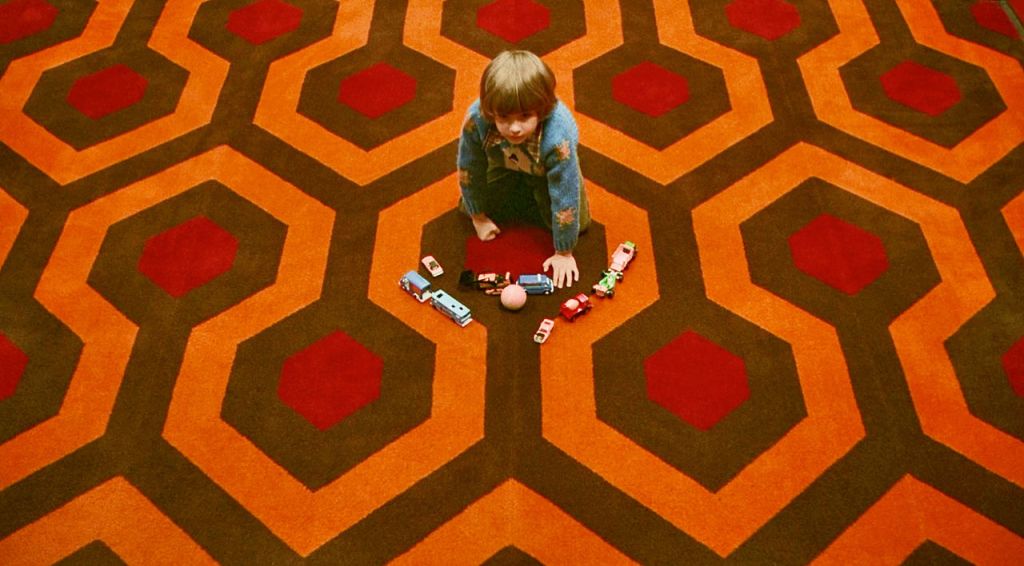I love films with subtext. The best movies have both an engaging plot and something deeper to say, beneath the surface. Carefully-chosen camera angles, judicious prop placement, and even purposeful color grading can either underscore or undermine the main storytelling thrust.
A movie with this sort of semiotic depth blurs the line between artist intent and audience interpretation. It’d hard to tell which meanings the director had in mind, and which were happy accidents.
Take Stanley Kubrick’s films, for example. On the one hand, Kubrick’s visual directing style plays with symbols and subtext. Remember the cut from bone-bludgeon to orbital satellite in 2001? Kubrick’s fondness for interleaving ideas and juxtaposition invites his audience to make their own connections—connections the director himself might never have even considered.
In recent years, The Shining has certainly prompted this sort of speculation. Bloggers have noticed ways in which the film’s Overlook Hotel makes no architectural sense. Passageways dead-end abruptly. Rooms extend beyond the boundaries established by previous shots. Doors go nowhere. Some analysts claim that Kubrick uses these inconsistencies to upset the audience’s equilibrium. As Jack Nicholson’s character goes mad, the audience begins to doubt its own sense of reality.
And that’s a mild example of how fans obsess over The Shining. For more extreme “Kubrickism”, watch Room 237, a documentary that celebrates nutty Kubrick conspiracy theories. You’ll see film buffs wax eloquent over The Shining’s most minute details. One analyst claims that the movie serves to condemn the European genocide of Native Americans. Another claims that Kubrick uses The Shining to confess his role in faking the Apollo 11 moon landing.
Somehow, I doubt Kubrick was quite that enigmatic or meticulous. Every movie makes continuity mistakes. Every film fudges with architectural space to improve a shot or two. Just because a jar of TANG shows up in the background doesn’t mean Kubrick intended to expose the lunar fraud.
Still, in the end, does it matter “what Kubrick meant”? Is an interpretation automatically illegitimate, just because the creator hadn’t considered it? Meaning doesn’t belong exclusively to the director (or the painter, or the musician). It’s not just “what the author intended.” Instead, meaning emerges in the encounter between an audience and an artist’s work. A work can suggest a whole range of valid interpretations.
Besides, if The Shining’s architectural quirks or recurring historical motifs creep out the audience just that much more, wouldn’t Kubrick be delighted?
